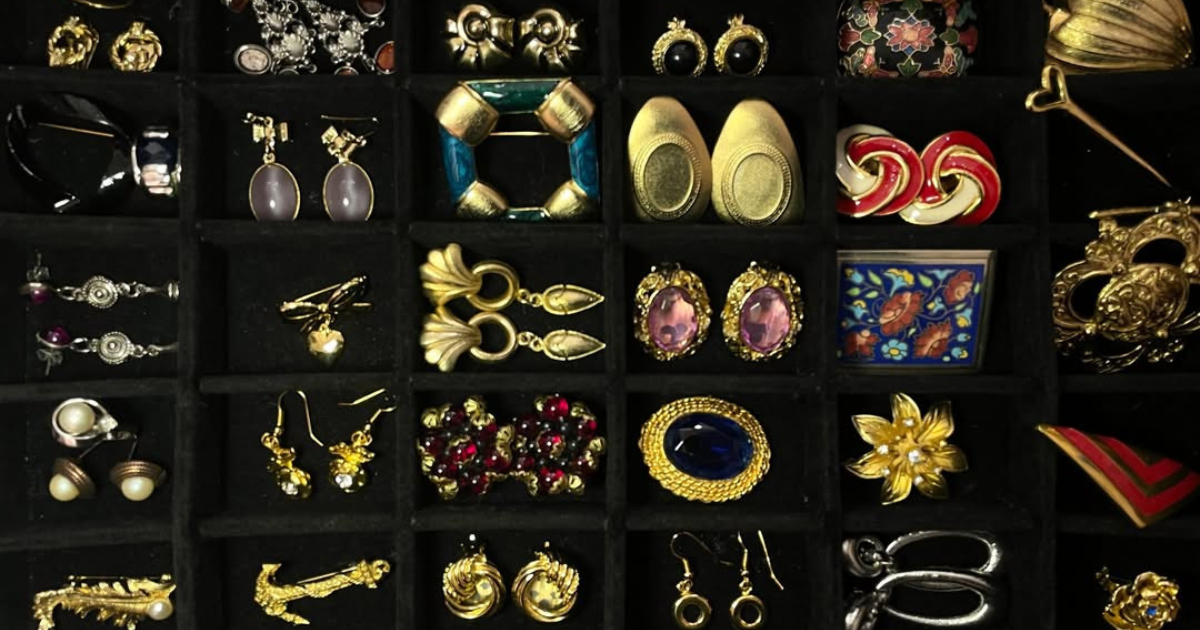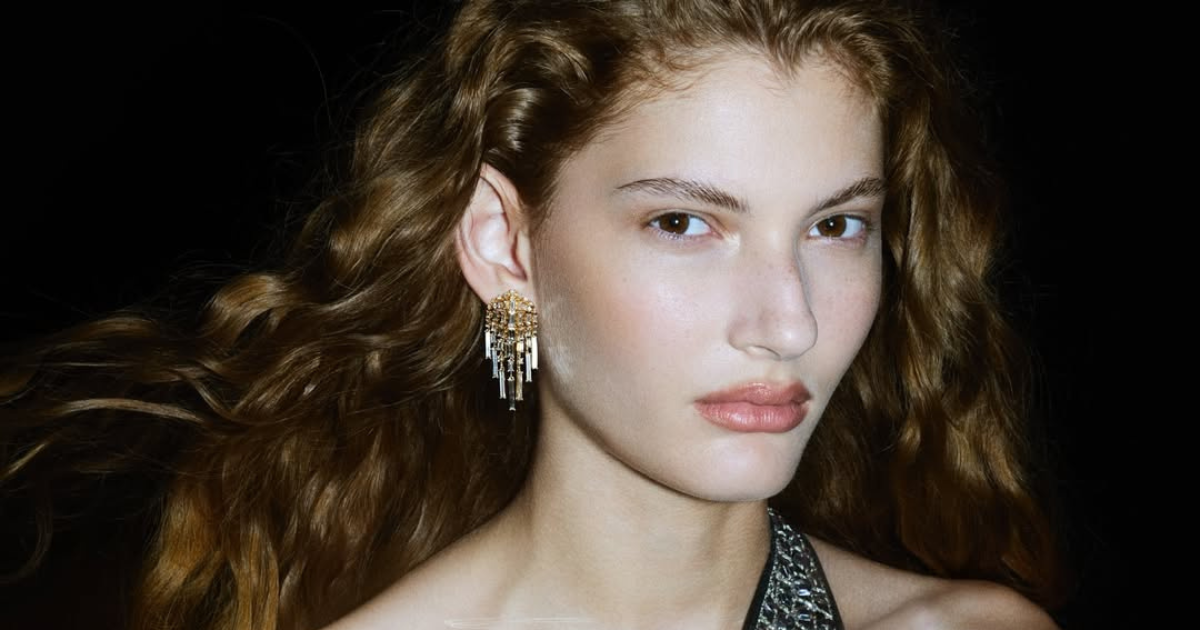Gold: the art of shades
To choose or to combine?
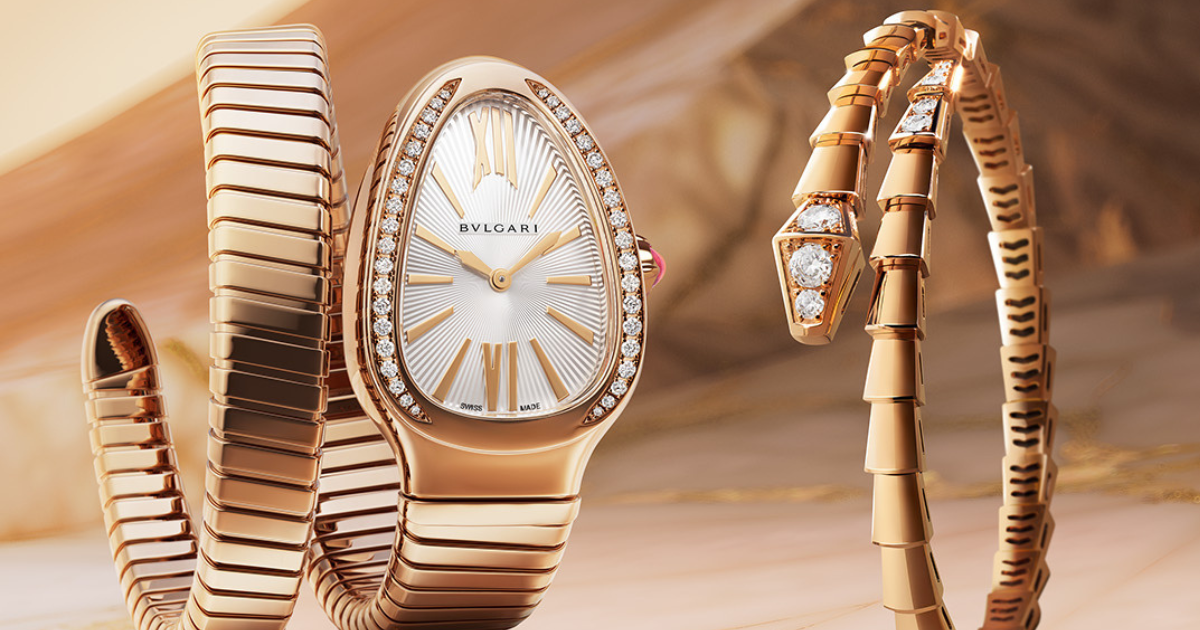
Gold is a metal that never goes out of style. It has transcended the eras of royal courts, gold rushes, and avant-garde design, remaining a symbol of luxury, style, and refined taste. Today, gold is no longer confined to its classic sunny hue – white, rose, and even blue or lavender gold each speak their own language, perfect for different occasions.
Why does gold come in different colors?
In its purest form, gold is too soft for jewelry, so it is alloyed with other metals to enhance its durability and create unique shades. The composition of the alloy, whether silver, copper, palladium, or nickel, determines whether the gold will shine in its classic yellow, cool silver-white, or delicate rose hue.
The gold hallmark indicates its purity. For example, 585 gold contains 58.5% pure gold, while 750 gold consists of 75% pure gold. The remaining percentage includes other metals, which define the color palette.

photo: instagram/davidyurman
Yellow gold: timeless classic
Yellow gold is the epitome of elegance, preserving its warm glow through an alloy of gold, silver, and copper. It remains the most traditional choice for fine jewelry.
Best for those who:
- Appreciate classic and vintage aesthetics;
- Want high-quality jewelry that lasts for generations;
- Have warm undertones – yellow gold complements warm skin beautifully.
This shade is often chosen for family heirlooms and traditional wedding bands, as it is associated with stability, prestige, and lasting value.

photo: instagram/bvlgari
White gold: refined elegance
White gold is the embodiment of modern sophistication. Originally introduced as a platinum alternative, it is synonymous with minimalism, subtle luxury, and sleek aesthetics. Its cool brilliance comes from metals like palladium, nickel, or silver, often finished with a rhodium plating for extra radiance.
Best for those who:
- Prefer contemporary, minimalist jewelry;
- Love the way it enhances diamonds’ brilliance;
- Have cool undertones, as it complements pale or cool-toned skin.
White gold is versatile, seamlessly fitting into both casual and formal styles, making it an essential element in any modern jewelry collection.
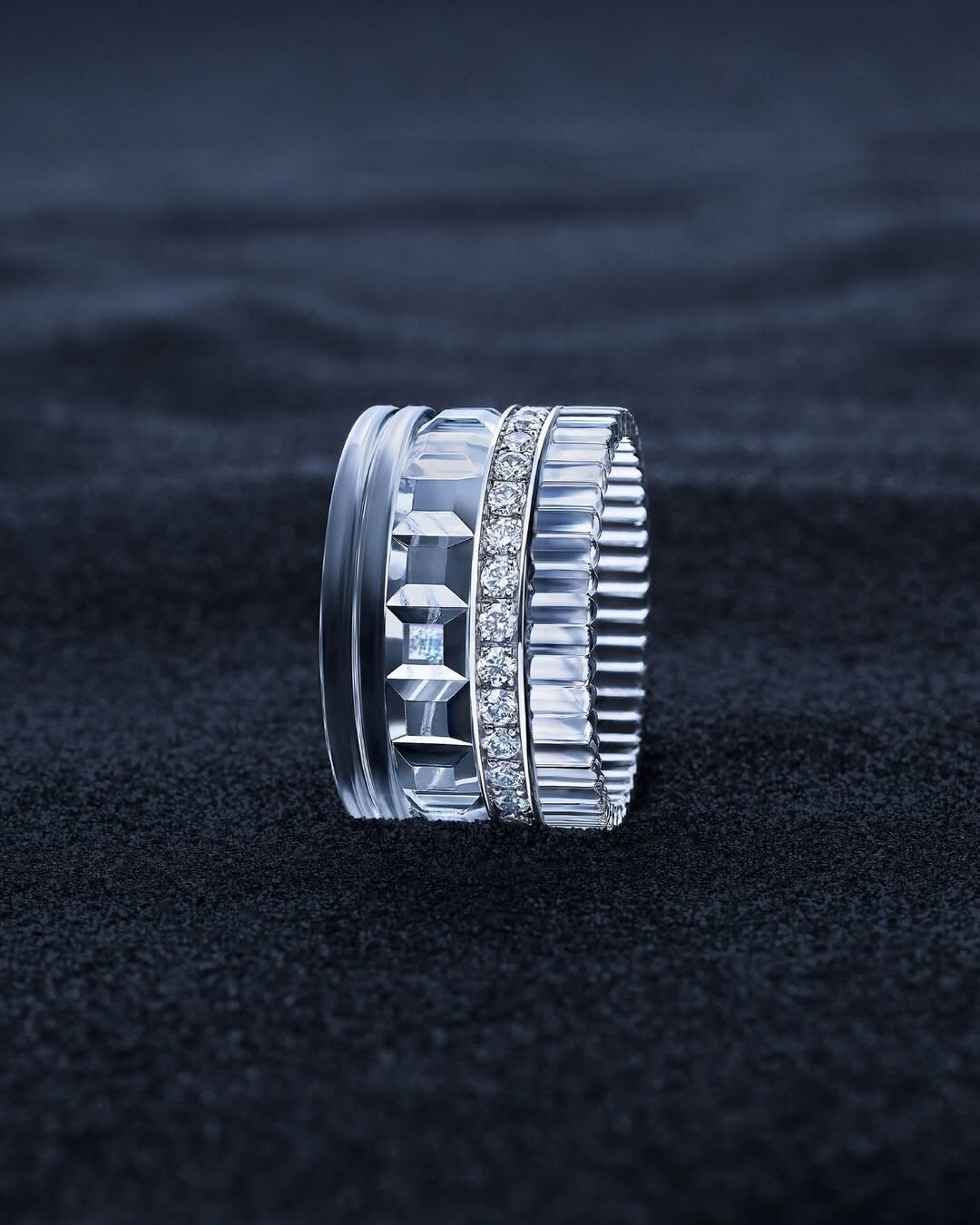
photo: instagram/boucheron
Rose gold: softness and romance
Rose gold has become a modern phenomenon, with its popularity continuing to rise. The warm pink hue comes from a high copper content, making it both delicate and expressive.
Best for those who:
- Love soft, warm-toned jewelry;
- Prefer romantic, feminine designs;
- Enjoy mixing pastel shades and colorful gemstones.
Rose gold looks particularly stunning in vintage-style jewelry and modern collections inspired by retro aesthetics.
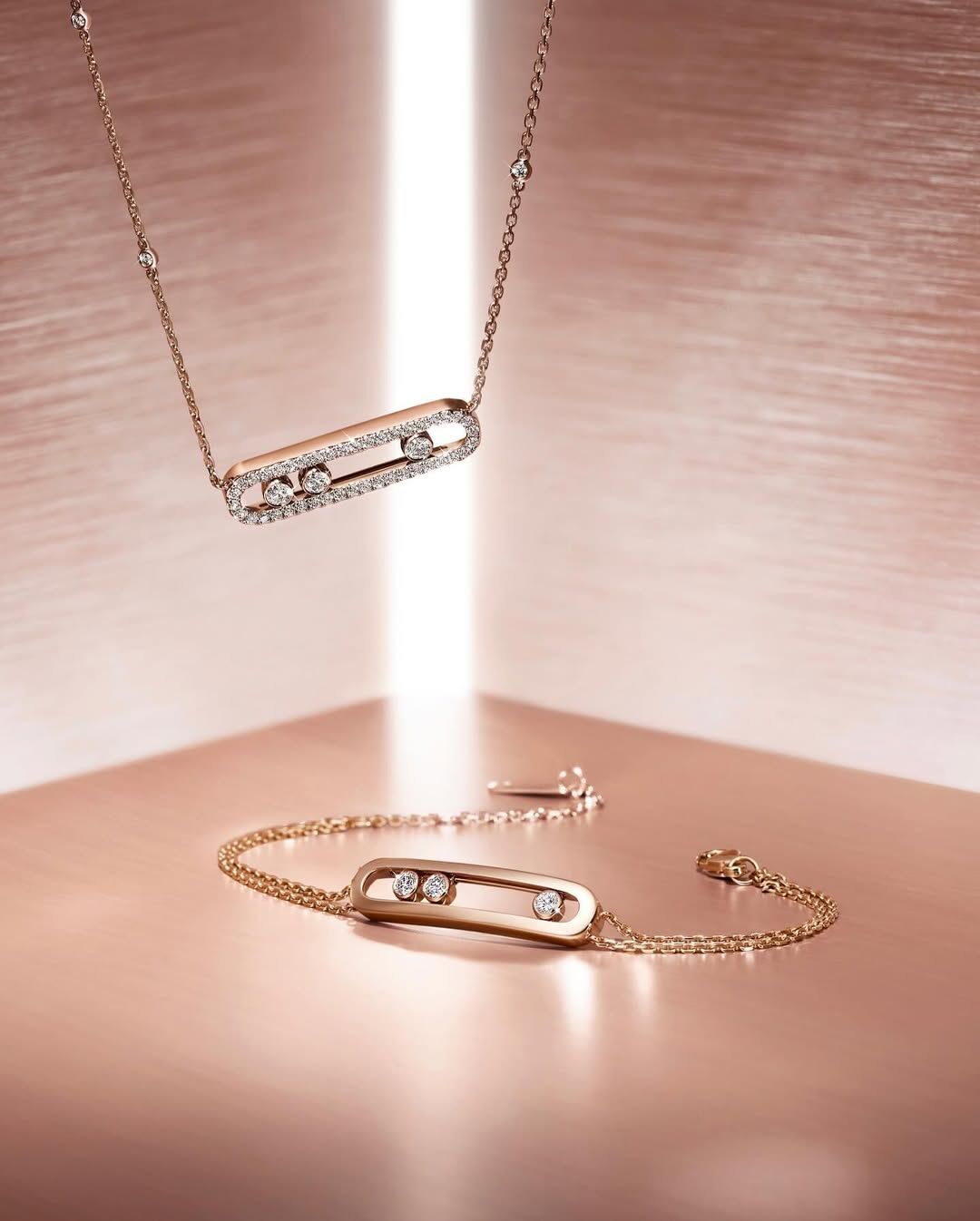
photo: instagram/messika
Which shade of gold to choose?
There are no strict rules – only personal preference. Yellow gold is ideal for lovers of tradition and timeless elegance. White gold suits those who lean toward modern minimalism. Rose gold is perfect for romantics who favor soft, warm hues.
But perhaps the best approach isn’t choosing just one but mixing them together. Contemporary jewelry trends increasingly embrace the fusion of different gold tones, allowing for bold, unique combinations. After all, in the jewelry world, just like in fashion, the key is to find your style.
